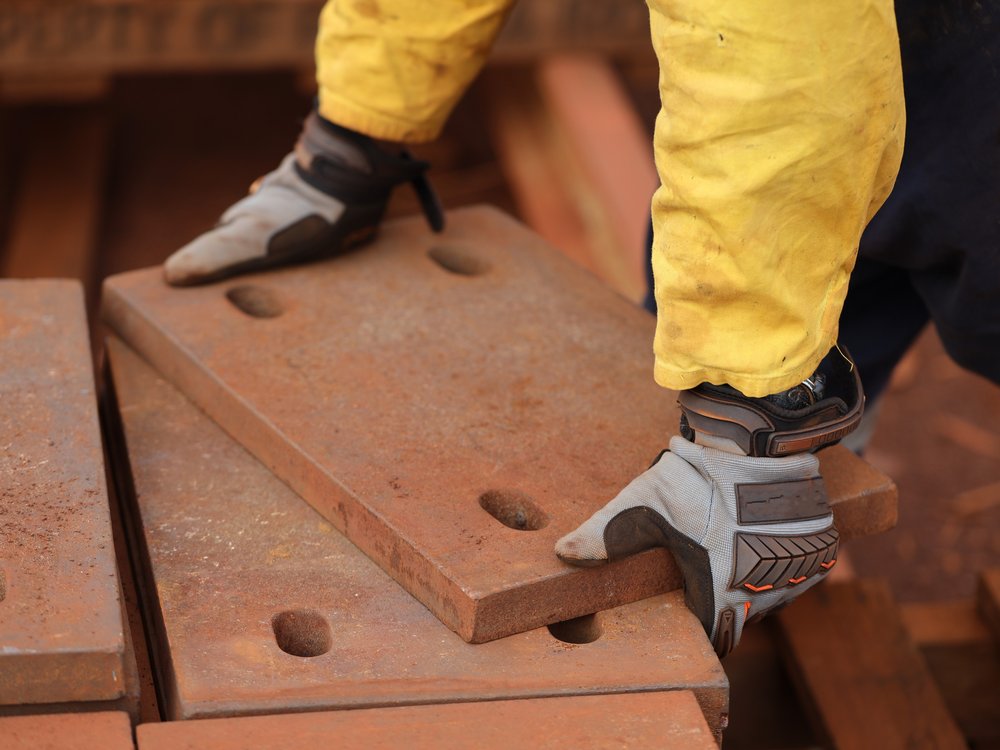
Manual Handling
Manual handling injuries are amongst the most common injuries in the building industry, with one in four construction workers receiving a back injury of some description in any year.
Overview
ACC receive over 50,000 work-related claims for lifting, carrying and strain injuries each year.
To help you and your workers avoid these unnecessary injuries, we've put together some quick pointers.
Manual handling hazards
- Loads - heavy, bulky, unstable, sharp, or difficult to grasp loads cause injuries.
- Force - is there enough power to do the task?
- Repetition - repetitive actions can tire muscles and hurt soft tissue.
- Bad posture - how we hold our bodies can impact blood flow and muscles.
- Surface/floor - objects in the way create trip hazards.
Assessing manual handling hazards
Take a fresh look at tasks on site and consider:
- How often is the handling done?
- How long does the handling last?
- How far does the load have to be moved?
- What is the size/shape and weight of the load?
- How many people do the job?
- What is the most likely injury from this job?
- What is the likelihood of a serious injury?
Workplace records can also be a good source of information about manual handling tasks. Examine the hazard register, accident investigation forms and early reports of discomfort to help pinpoint where manual handling incidents are occurring.
Talking to employees can help you to gain valuable insights. Find out what, how and when manual handling activities are going on on site.
Put in controls
After assessing the severity of the risk, think about the best possible way to eliminate or minimise manual handling hazards.
Some controls include:
- Modifying equipment to eliminate difficult lifts, e.g. MIG welding units eliminate the lifting of difficult gas cylinders.
- Storing loads at waist height to reduce bending, stretching and twisting the body to reach loads. For example, do assembly work on trestles or benches instead of the floor.
- Providing trolleys, wheelsets or skates to handle large and awkward loads.
- Organising the delivery and storage of materials to reduce the distance loads are carried.
- Keeping floor surfaces clear and free of obstacles to provide enough space.
- Ensuring there is suitable lighting and a clear route to where you are taking the load.
- Do not carry a load that will block your vision.
- Working activity should be matched to the individual’s personal fitness level.
- Warming up before any manual handling is done. This is especially important at the beginning of the day and after an extended break, as muscles cool down.
- Considering on-site glazing of joinery to minimise the weight of an item.
- Asking for help with carrying a load or moving the load in stages, while taking necessary breaks.
- Wearing suitable clothing and Personal Protective Equipment (PPE) such as gloves and safety boots to protect against cuts and crushed toes etc.